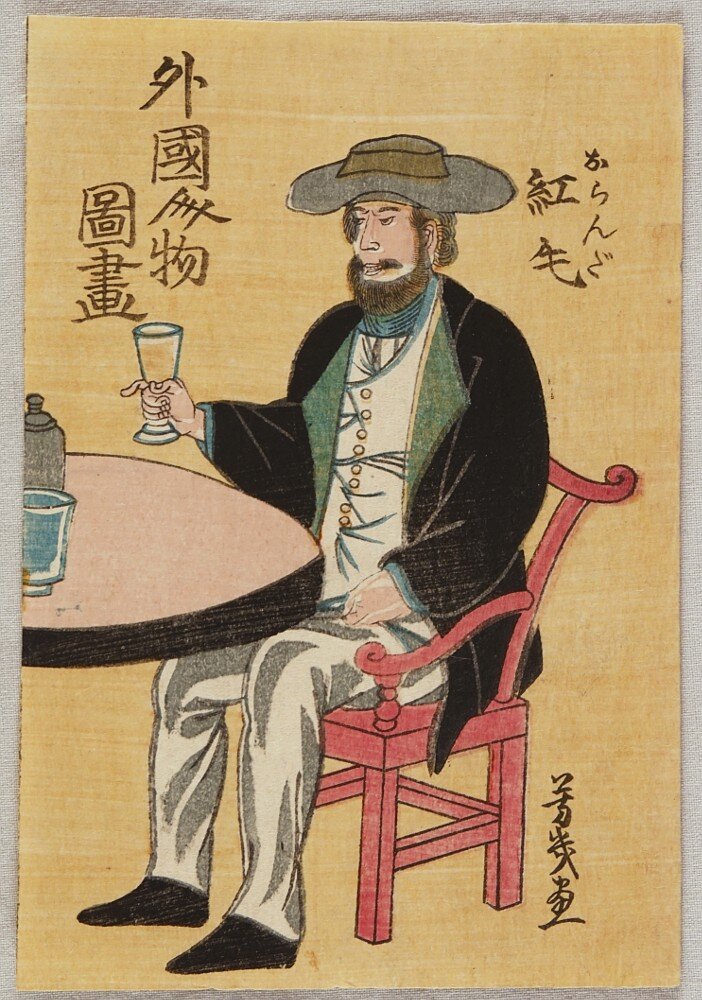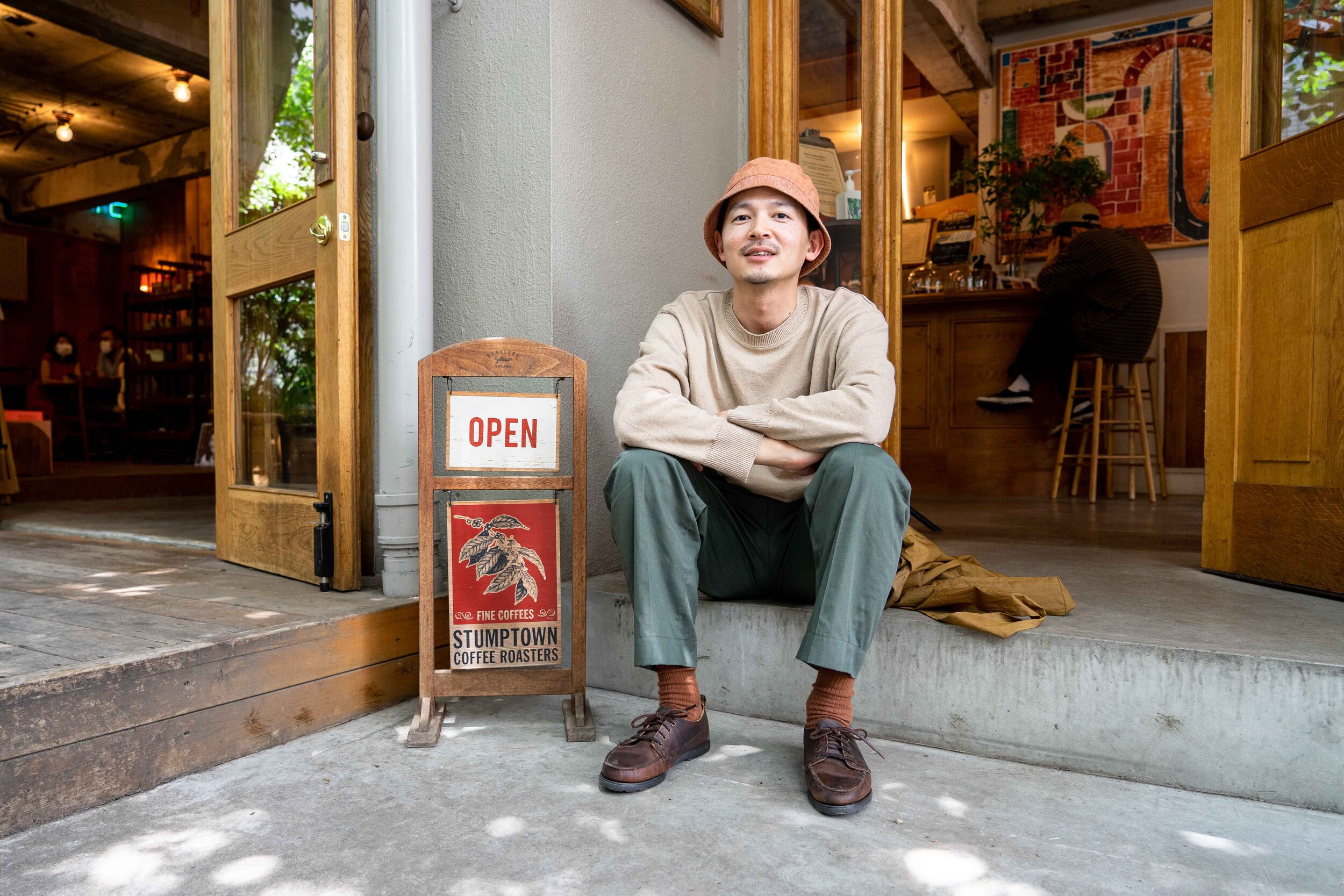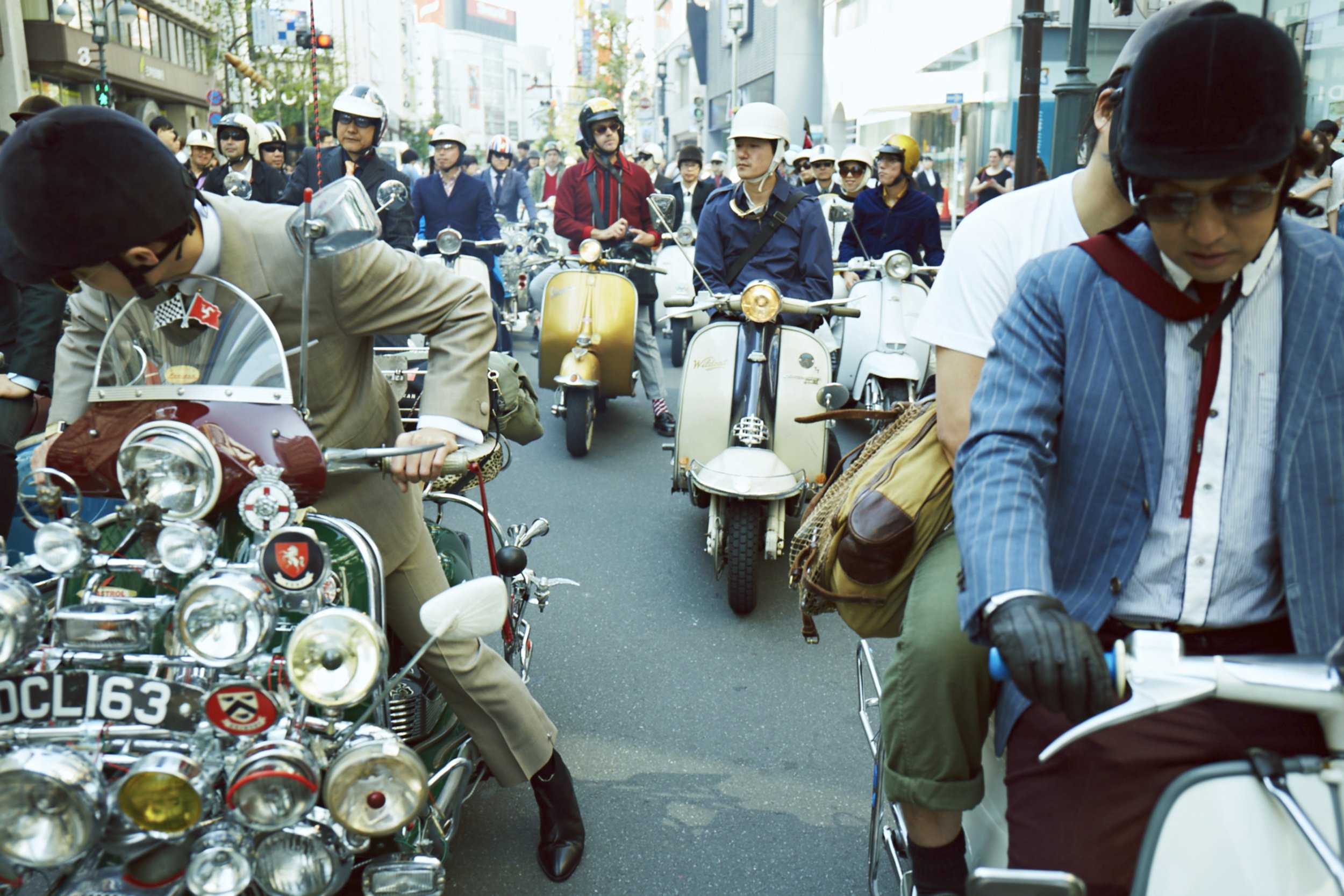JAPAN'S PAST AND PRESENT: AN INTRODUCTION TO KISSATEN CULTURE

Walking through the old streets of Shinjuku or Ginza it’s easy to be overwhelmed by the sensation of finding something undiscovered, something about the past that connects us to the present.
It was as though every step walked becomes part of a puzzle about how the past has transformed Japan to what it is now with the remix of culture. There is a story to be told about the places left behind yet still standing, and even more about the places that have managed to thrive despite the challenges faced over the decades of change.
What we are talking about are Kissatens in Japan as aforementioned from the title. It is impossible to talk about how Japan has had so much social change without referencing Kissatens [喫茶店]. The word kissaten is derived from three kanji “consume + tea + shop” meaning tea-drinking shop but is more widely known today for coffee consumption. Mind you people still can get tea in most of these shops today. Kissatens are a massive intersecting point of Japanese culture past and present. However, it’s valuable to mention coffee’s break-in moment in Japan just to set up its initial timing.
THE HISTORY
Coffee came to Japan through its medicinal purposes brought for foreign inhabited areas in Japan i.e. Nagasaki Prefecture, as a stimulant in the mid 17th century. This is mainly the result of Dutch and Portuguese traders who brought coffee to Japan. Later on, it was brought through the countryside of Japan in the late 1860s as sort of sugary coffee balls which were known in Japan as Koohiito.
Dutch Traders in Nagasaki.
Described as the Black Ships by Japanese that came from Brazil.
Call them the early forms of instant coffee if one can imagine it, as they were added to hot water, then enjoyed. It wasn’t really till the beginning of the 19th century when Japan partnered with Brazil in a treaty to expand the coffee industry and begin export and trade between nations. Ultimately sealing the deal and leading to what is the largest exporter of beans to Japan to date.
Back in the 70s John Lennon and Ono Yoko went to Cafe Paulista for an apparent 3 day stretch.
Cafe Kingyo-Zaka with a history of over 350 years claims to be the oldest kissaten in Japan. The only Kissaten that boasts customers, can order a Cuban Cohiba with their cafe, and catch fish.
In and around that time just before the Taisho Period ( 1912 - 1926 ) still sits the oldest operating kissaten Shop selling coffee, Cafe Paulista in 1911. There is another kissaten in Tokyo’s Bunkyo area, Cafe Kingyo-Zaka which claims they have been around since the 1670’s technically making them the oldest kissaten. Something we can’t confirm nor deny, however, this really isn’t about who came first. While tracking the history of kissatens in Japan and who came first has some importance, it could be contested that up until the post-WWII era the culture hadn’t seen a great deal of transformation.
cc:growkaru
While today there are a few that have resonated among many Japanese that some would consider staples to the kissaten culture because of their longstanding heritage. However, some may think it would be unfair to limit the growth through those selected few. Mainly because much of the transformation happened through smaller family-run spots collectively years after the war when Japan was finally picking up the final pieces.
Japanese migrated workers to Brazil working the fields in 1930’s cc:growkaru
THE BOOM
What makes kissatens of the past so relevant today?
To do that we really need to start after the war when music was beginning to hit international cultural waves. Kissatens attracted customers after WWII through the excitement of music and being able to listen to something that would otherwise be too expensive. LPs were a little expensive in Japan compared to the US. The other part was that you needed a record player, which was even more expensive and likely to cost more money than someone earned from a couple of months of salary (not a portable one). Records then only played about 3- 6 minutes per side which was likely only one or two tracks.
Early 1920s record player.
Radio reel advertisement
Expensive Victor Audio Ad for record players.
To invest in music, a person really had to be able to afford to have a lot of records. This is why kissatens were so essential. A Japanese person could listen to a lot of different music for the small price of a cup of coffee, without owning a record player. Kissatens had the record players and sizable music selection as well as providing the place “the hub” to access culture. Which likely was primarily hard to access for the average person. So music and culture were booming, countries were rebuilding and people were open to experiencing new things.
Fast forward to the ’70s, Japan is in full motion like a pendulum swinging through time, and picking up speed through a massive drive to rebuild its economic infrastructure. At this time kissatens had already gained tremendous popularity, from the influence of western culture into the minds of Japanese people. As minds became open to different cultural expressions of music, clothing i.e denim, art, and sexuality, they began weaving their own stories through jazz, rock and roll, classical music, alcohol, and even eroticism into the kissaten scene. This was a time when a person could walk through the neighborhoods of Tokyo and uncover hundreds of different independently-run kissatens.
One could estimate that at the time it was like today where someone walking through any urban city of Japan and see so many hair salons, or 711’s, there were literally hundreds of them in different urban sprawls. Comparatively, it would be like a couple decades or so ago in the United States…that moment when there was Starbucks literally everywhere.
Various Advertisements for Kissatens.
As time moved on, some changes in kissaten culture were a result of the challenges from the globalization of coffee in the ’80s. In Japan, corporate brands were developing their own coffee chains and selling the experience of coffee at a fraction of the price in a very democratic way without the fuzz of having to walk into a kissaten.
Long over were the days of Sekuhara [セクハラ] Erotic Kissatens where the sexy female servers wearing no pantsu [パンツ no underwear] and erotic music to entertain men as they drank their coffee, ate their Neopolitan pasta special and got dry eyes from constantly looking at women through the mirrored flooring. Today the closest thing would be strip club or likely be a grimy maid cafe. Certainly not a place that comes to mind when one thinks anyone can go.
Booming sex industry in the 80s resulted in many “no-pantsu”kissatens.
cc:oppaifeti.net (Takasho-no-no pantsu kissa)
Chain coffee shops were a new bright light branded experience in comparison to the often smokey dark filled places with sometimes dated velour or leather furniture that was once cool, but became seemingly cheesy and less inviting for people who hadn’t experienced it before as time moved on and the youth cycle changed.
Through the rise of branded coffee chains, kissatens really had nowhere to go but down. Corporate brands were changing the language of identity. The 80’s in Japan were the height of the Japanese economic “miracle”. It was a major change in entertainment including the expansion of japanese anime and manga and technology, services, etc in various sectors. As Japan rolled into the 90’s they were met with much of a slowdown, thanks to soaring oil prices.
cc: royalcrystalcoffee
Modern Day Dotour Coffee Chain Shop
This is where Japan arguably was forced into a time of rediscovery of itself and began rebuilding slowly a new visual sense. That is not to say they hadn’t been changing for some time already, its just that they were at this moment in a place where the new visual sense was about to show its face. It was here, where the beginning of third-wave coffee began to make itself present in Japan.
A decade or so later in the 2000s, specialty coffee shops/kissatens of the past began to be attractive archetypes again. Japanese design had gone through much change and was steadily improving with a tight community of Japanese architects redesigning a new benchmark of spacial design. However, they always looked at its past as place of refuge to help build something new. That is where something special happened, a remix and restudy of the classic kissaten.
cc:@kissamania
cc:@kissamania
And Japan, being such a homogenous and inclusive culture in general for all Japanese people...a new standard of design was being employed through a more modern aesthetic lens. In addition to this resurgence, third-wave coffee was seeing an incredible boom in the early 2010s-ish with updated modernist interior design and new small localized approach of shops that catered to the growing taste of coffee as cool again. And just like that, kissatens witnessed their revival, a rebirth of their history redesigned and refined by new purveyors and curators of culture that wanted to pay homage to the past and say it is cool, and cool till the end of time.
Coffee Katura
It was as if coffee gates opened wide again and the youth today was now interested in the past. They began sampling it and making the kissatens of the past the place to go and be. This revival also inspired owners to refine their offerings and change their menus in some capacity, not everywhere but in some places, also a highbrow kissaten cafe was signaled and birthed in Japan. Places with impeccable aesthesis visual sense designed by Japanese architectural masters, showcased for everyone to see and experience. Through those examples people who visited Japan and witnessed this revival became inspired by this new aesthetic of kissaten/cafe, and then all of a sudden it was being shared around the world as a new benchmark of cultural appreciation.
KOFFEE MAMEYA -Kakeru-
Sarutahiko Coffee The Bridge
Lovers of Japanese culture were replicating it and making Japanese shops in places like London, Williamsburg NYC, Portland, and anywhere else. Japan has for so long been this mysterious land and culture hard to understand from the outside world. And there is an undeniably deep rich cultural cafe history in the streets of Japan whether it be Tokyo’s 23 wards or any other place in Japan for that matter. Kissatens are just there, waiting to be uncovered and sampled with an ever-so “doucemont” touch.
Kakiwai牡蠣祝
kaico カイコカフェ
Below Sabukaru has gone ahead and listed a few long withstanding Kissaten’s that we believe you may find interesting and venture out to experience. The aforementioned places cited are in reference to the length of time they have been in operating which is in many instances some of the longest-running in Tokyo.
Cafe Kingyo-Zaka [1670]
Cafe Paulista [1911]
Meikyoku Kissa Lion [1926]
CHOPIN ショパン [1933]
Kayaba Coffee [1938]
Giza West/Ginza Parlor [1947]
Cafe De Lambre [1948]
cc:lexie
Sabouru さぼうる [1955]
Kissa Ginza [962]
Coffee Lodge Dante [1965]
About the author:
Mr.X a 13yr veteran of Japan and design professional part of the Sabukaru Team.


























































